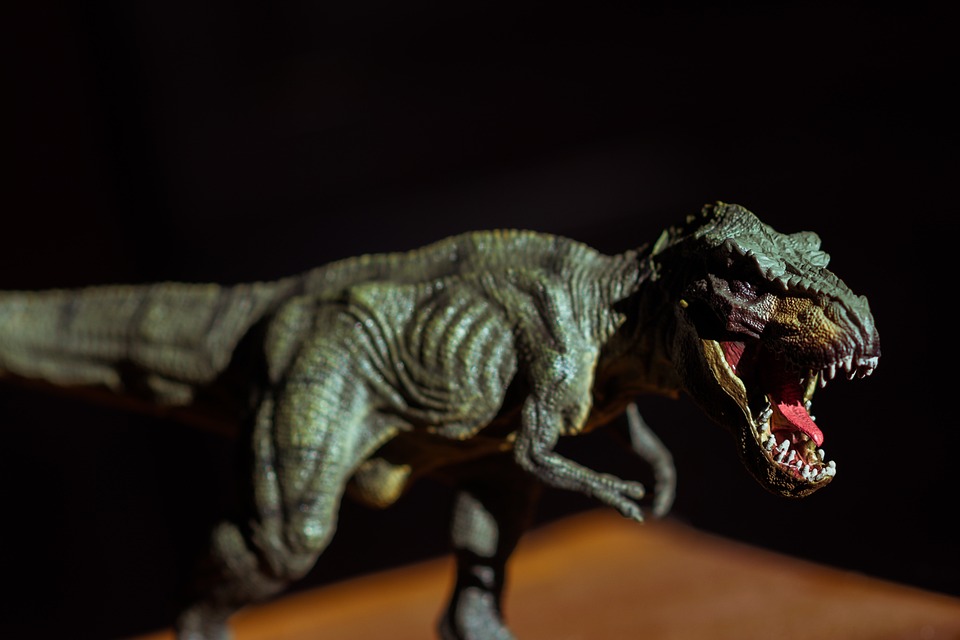Reef corals are delicate and beautiful organisms that thrive in specific water conditions. Creating the ideal water flow in a fish tank is crucial to ensure the health and well-being of these stunning creatures. In this article, we will guide you through the process of setting up a fish tank with appropriate water flow for reef corals, covering everything from equipment selection to maintenance.
Why Water Flow is Essential for Reef Corals
Water flow plays a vital role in maintaining a healthy reef aquarium. It provides several benefits to the reef corals, including:
– Oxygenation: Proper water flow allows for oxygen exchange, ensuring corals and other tank inhabitants receive enough oxygen for respiration.
– Waste Removal: Adequate water flow helps remove waste particles, excess nutrients, and detritus from the tank, preventing the buildup of harmful substances.
– Nutrient Distribution: Constant water movement helps distribute nutrients evenly throughout the tank, promoting coral growth.
– Preventing Algae Growth: Appropriate water flow discourages the growth of undesirable algae by preventing stagnant areas.
Choosing the Right Equipment
To set up the ideal water flow for your reef corals, you’ll need the right equipment. Consider the following components:
– Powerheads: Powerheads are devices that generate water movement in the tank. Choose models with adjustable flow rates to customize the water flow according to your corals’ needs.
– Wave Makers: Wave makers create alternating water currents, simulating natural wave patterns found in the ocean. They help ensure water flow reaches all areas of the tank.
– Return Pumps: Return pumps circulate water from the sump back into the display tank, maintaining a continuous flow and preventing dead spots.
Placement of Equipment for Optimal Flow
Strategic placement of equipment is essential to achieve ideal water flow in your reef tank. Follow these guidelines:
– Powerheads: Position powerheads at opposite ends of the tank, pointing towards each other. This setup creates a cross-flow pattern, preventing dead spots and ensuring water reaches all corals.
– Wave Makers: Install wave makers on the sides of the tank, angled towards the center. This configuration generates a gentle back-and-forth motion, mimicking natural wave action.
– Return Pumps: Place the return pump outlet near the surface to promote oxygenation and prevent debris accumulation.
Setting Up Water Flow Patterns
Now that you have the equipment in place, it’s time to establish water flow patterns that suit your reef corals. Consider the following:
– Gentle Flow: Soft corals and LPS (Large Polyp Stony) corals thrive in gentle water flow. Aim for a flow rate of around 10-20 times the tank volume per hour for these corals.
– Moderate Flow: SPS (Small Polyp Stony) corals, such as Acropora, prefer moderate water flow. Target a flow rate of 20-50 times the tank volume per hour for optimal growth.
– Turbulent Flow: Some corals, like Goniopora or Euphyllia, prefer strong and turbulent water flow. Aim for a flow rate of 50-100 times the tank volume per hour to satisfy their needs.
The Importance of Regular Maintenance
Maintaining the appropriate water flow in your reef tank requires regular upkeep. Here are some essential maintenance tasks:
– Cleaning: Regularly clean powerheads, wave makers, and return pump inlets to prevent clogging and ensure efficient water flow.
– Adjustments: Monitor water flow patterns and adjust the equipment as needed. Corals may grow and change over time, requiring modifications to accommodate their new shape or location.
– Testing: Regularly test water parameters, such as temperature, salinity, and nutrient levels, to ensure they are within the optimal range for your reef corals.
FAQs
Q: Can I use multiple powerheads instead of wave makers?
A: Yes, you can use multiple powerheads instead of wave makers. However, wave makers provide a more natural and alternating water flow, which is beneficial for corals.
Q: How can I prevent dead spots in my tank?
A: To prevent dead spots, ensure adequate water flow reaches all areas of the tank. Position powerheads or wave makers strategically, and adjust their angles to create a cross-flow pattern.
Q: Is it necessary to have a sump for proper water flow?
A: While not essential, a sump can provide additional water volume and help maintain a stable water flow. It also allows for the installation of larger equipment, such as a powerful return pump.
Setting up a fish tank with appropriate water flow for reef corals requires careful planning and consideration. By selecting the right equipment, placing it strategically, and performing regular maintenance, you can create a thriving environment for your beloved corals. Follow our guidelines, and watch your reef tank flourish with vibrant colors and healthy corals.









